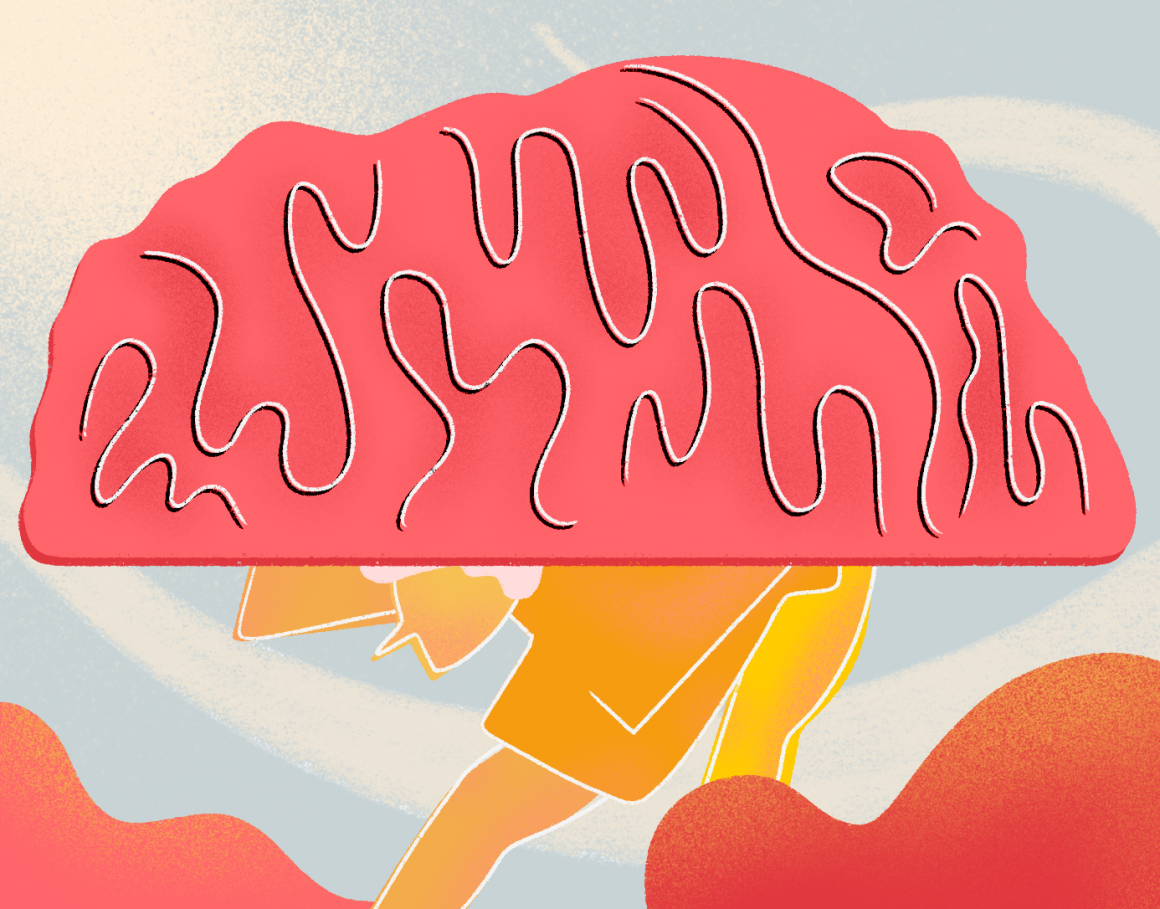
Federal government can do more to promote mental health awareness
By Susie Ngo, February
The recent Bell Let’s Talk Day to promote awareness for mental health issues across Canada raises questions on whether the federal government does enough in their own mental health initiatives. The Mental Health Commission of Canada, a relatively young offshoot branch of Health Canada, was founded in 2007 with the mission to “create the country’s first mental health strategy, advance knowledge exchange in mental health, and examine how best to help people who are homeless and living with mental health problems.”
Along with various projects led by experts in their field, the MHCC’s mandate is to create public policy on mental health issues in institutions ranging from courtrooms to hospitals. Topics of their recent projects include the stigma related to mental health, suicide rates and substance abuse and addictions. Their “at-risk” populations are youth, Indigenous peoples, members of the LGBTQ2+ community, seniors, immigrants and minority groups. In their 2017–18 annual year-end report, they proudly declared that they successfully carried out 107 speaking engagements over the year, trained more than 77,000 people in mental health first aid and trained over 1,800 medical professionals in suicide prevention.
Though these numbers seem impressive at a first glance, a glaring disparity emerges when it comes to initiatives targeted towards Indigenous populations. Out of the 107 speaking engagements, only five were specifically Indigenous-focused. That brings their grand total for such events to nine since 2016. The Canadian Federation of Medical Students states in their 2016 report on Indigenous mental health that, despite making up only 4.3 per cent of the population, Indigenous youth are five to six times more at risk of suicide than other youth groups.
The federal government must make a greater effort to reach at-risk Indigenous youth. Additionally, they must actively promote the hiring of Indigenous professionals across different fields to ensure that they can become pillars of strength and support in their communities, as well as make their voices heard on a national scale.
Aside from the MCHH, the federal government limits its interactions with mental health to research papers and statistics. They do little on a daily basis to promote mental health awareness and decrease the stigma it still carries. In Canada, suicide is a top-five killer of men, with approximately one death every three hours. Yet, men are not seen as an “at-risk” population by the MCHH.
Mental health affects everyone, regardless of their social status or background. Only having mental-health talks targetted at specific groups deemed “at-risk” indirectly contributes to stigma and creates barriers for those who suffer but feel as though they do not fit in with certain demographics. The federal government needs to be more open and inclusive as it continues to raise awareness.
Mental health is an area of healthcare consistently underfunded by federal transfers to provinces. For example, mental health spending In Ontario accounts for 10 per cent percent of provincial healthcare costs, but only receives seven per cent of the funding. More federal funding for mental health means would give provinces greater resources to raise awareness and treat patients.
Canada is consistently behind its fellow Organisation for Economic Co-operation and Development countries, with nations such as Switzerland, Germany and Japan in the lead when it comes to mental health. Though the Canadian government is trying to incorporate mental health into mainstream healthcare, it has room for much-needed growth and further development.
